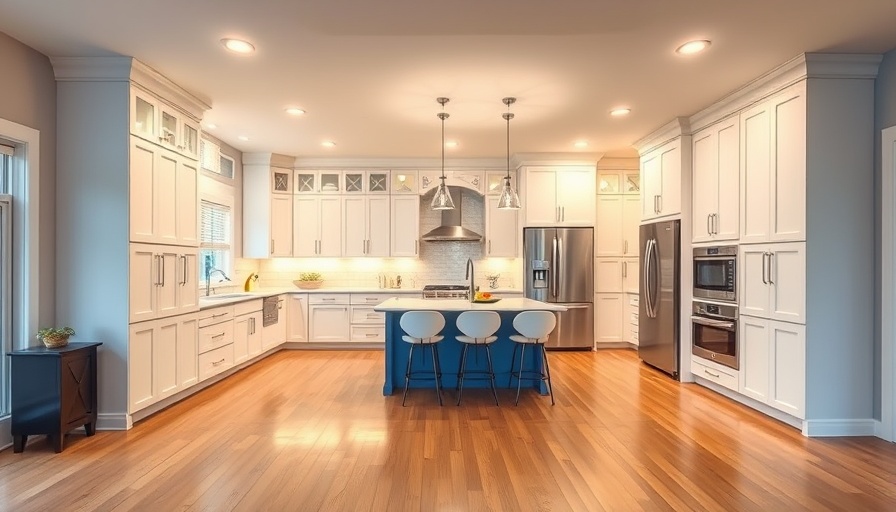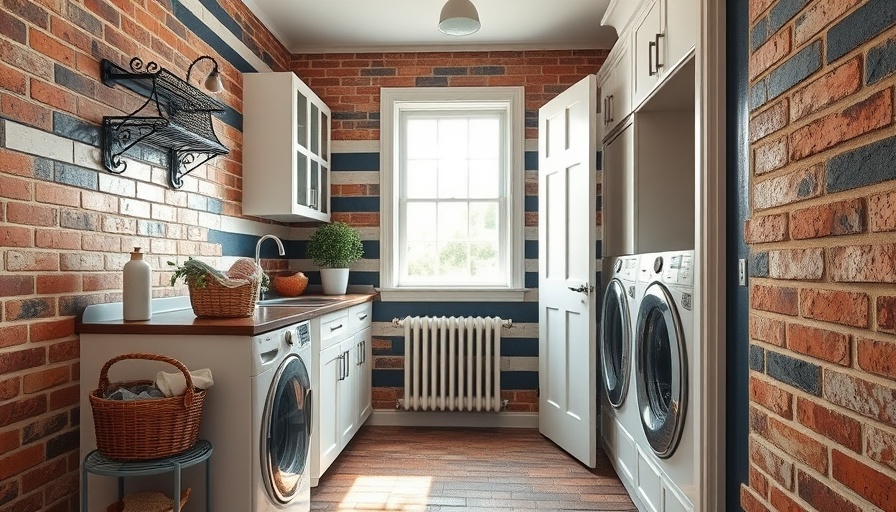
Why Choosing the Right Deck Company is Essential
For many homeowners, building a deck is a significant investment, both financially and emotionally. It represents a space for relaxation, entertainment, and improvement in home value. However, selecting the right deck company can often feel overwhelming, given the myriad of options. This comprehensive guide aims to help homeowners maneuver through the selection process, ensuring that the final choice not only meets aesthetic expectations but also aligns with budgetary constraints.
Experience and Expertise: The Cornerstones of a Successful Deck Build
When seeking a deck contractor, the importance of experience cannot be overstated. Companies with years of expertise understand intricate details such as the best materials suitable for your climate, promising construction methods, and styles that resonate with local architectural trends. Requesting a portfolio allows prospective clients to evaluate the quality and diversity of a contractor’s previous work. The insights garnered from seasoned professionals can also enhance your project by introducing unique suggestions tailored to your outdoor space.
Licensing and Insurance: Protecting Your Investment
Verifying a deck company’s licensing and insurance is non-negotiable. Proper licensing ensures compliance with local building codes, adding a layer of trust that your project is handled safely. Insurance safeguards against potential accidents or property damage during construction. A reputable company is transparent about providing documentation for these assurances, minimizing your risks and potential future legal issues.
The Power of Reviews and References: Informed Decisions
Before finalizing a contractor, delve into online reviews on platforms like Google and Yelp. Customer feedback can shed light on a company’s reliability, quality, and responsiveness. Additionally, asking for references from past clients allows for direct insights into their experiences, timelines, challenges faced, and overall satisfaction. A deck company with consistently high ratings and happy customers is more likely to ensure a seamless and successful deck installation.
Quote Comparisons: More Than Just Pricing
While it’s tempting to choose the lowest price, smart homeowners balance cost with quality and services offered. Gather multiple quotes from different deck companies and examine not just the numbers, but also what each quote includes—such as design advice, types of materials, and after-sales support. This comparative process helps establish value, enabling homeowners to discern where they can receive quality workmanship without sacrificing their budget.
Quick Tips for Selecting the Right Deck Company
- Ask about experience: Years in business can reflect reliability.
- Check licensing & insurance: Protect yourself legally and financially.
- Review portfolios: Examine past work to gauge design quality.
- Read customer feedback: Trust the insights from real homeowners.
- Compare multiple quotes: Aim for the best value without compromising quality.
- Discuss materials: Opt for durable options that minimize future maintenance.
- Set clear timelines: Ensure that your deck build adheres to a strategic timeline.
Remember, a well-chosen deck can significantly enhance your outdoor experience and your home’s value. Taking the time to select the right company pays off in the long run, leading to a deck that stands the test of time and meets your lifestyle needs.
A Call to Action
Now that you're equipped with crucial insights on selecting the best deck company, it’s time to take action. Begin your search today—reach out to potential contractors, ask the right questions, and gather necessary documentation to ensure that your deck-building journey is both enjoyable and rewarding.
 Add Row
Add Row  Add
Add 



Write A Comment